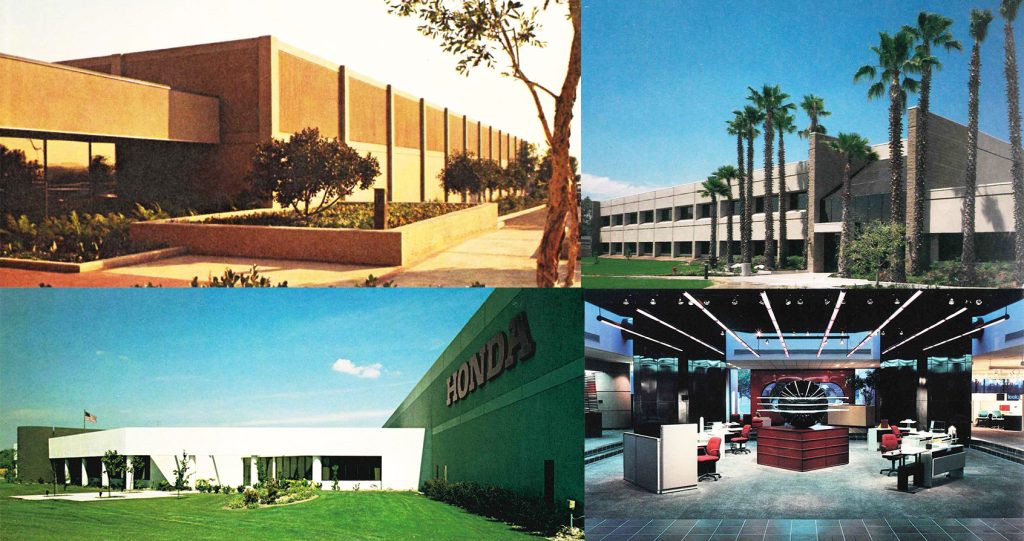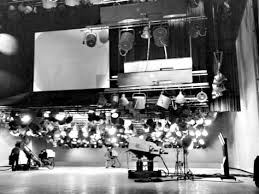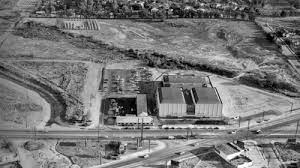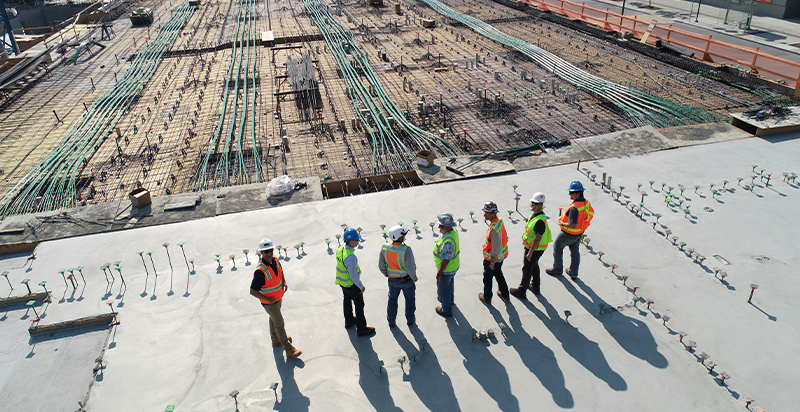
Along with continuing business from legacy clients, the 1970s were a period of significant growth— a lot of projects and many new client names—for Austin’s California Office (Western District at the time).
New clients and projects for Austin, California were substantially in two markets: General Industrial and Operations Centers (Data Centers), the latter being an emerging market in the 1970s for Austin worldwide.

General Industrial
Representative clients and projects during the 1970s included:
- American Honda
- Beckman Instruments
- Chevron Oil Field Research
- The Clorox Company
- Jafra Cosmetics
- Smith Tool
- Stauffer Chemical
- Steelcase
- Syntex
- Toyota Motor Sales
For American Honda Motor Company, Inc. Austin designed, engineered, and constructed a 300,000 SF Regional Parts Distribution Center in Stockton, CA. (Equivalent to $165 million in today’s market.)
For Beckman Instruments, Inc., Austin designed, engineered, and constructed 12 projects throughout California. Four were significant design, engineering, and construction projects, including a corporate data center, laboratory, manufacturing, and office buildings. (2022 Value: More than $135 million.)
For Chevron Oil Field Research Company, Austin designed, engineered, and constructed a 76,000 SF office building in La Habra, CA. (2022 Value: More than $26 million.) This was the first in a series of projects for Chevron at the La Habra Research campus.
For The Clorox Company, Austin designed, engineered, and constructed a research building in Oakland, CA. (2022 Value: $34 million.)
For Jafra Cosmetics, Austin designed, engineered, and constructed a cosmetics manufacturing plant in Canoga Park, CA. (2022 Value: $30 million.)
For Smith Tool Company, Austin designed, engineered, and constructed 11 projects, including a forge shop. (2022 Value: More than $26 million.)
For Stauffer Chemical Company, Austin designed, engineered, and constructed a research laboratory in Richmond, CA. (2022 Value: Approximately $50 million.)
For Steelcase, Inc., Austin designed, engineered, and constructed a 330,000 SF expansion to their Tustin, CA, office furniture manufacturing facility. (2022 Value: More than $56 million.)
For Syntex USA, Inc., Austin designed, engineered, and constructed a laboratory facility in Palo Alto, CA. (2022 Value: $70 million.)
For Toyota Motor Sales USA, Inc., Austin designed, engineered, and constructed multiple facilities for Toyota, including a 220,000 SF distribution center in San Ramon, CA, and a 90,000 SF office building in Torrance, CA. (2022 Value: $75 million.)

Operations Centers (Including Data Centers)
Representative clients and projects during the 1970s included:
- First Security Bank
- Security Pacific National Bank
- United Airlines
- Valley National Bank
For First Security Company (Bank) Austin designed, engineered, and constructed a 195,000 SF bank operations center (data center) in Sal Lake City, UT. (2022 Value: More than $50 million.)
For Security Pacific National Bank, Austin completed eight planning projects (data center related, including planning for a new major data center in Brea, CA, that would become a significant design, engineering, and construction project for Austin beginning in 1980.
For United Airlines, Inc., Austin completed the design and engineering for a new 55,000 reservations center in Los Angeles, CA. (2022 Value: $20 million in construction .)
For Valley National Bank, Austin designed, engineered, and constructed a nearly 100,000 SF computer center in Phoenix, AZ. (2022 Value: Close to $50 million.)
Legacy Clients
Austin received continuing business from legacy clients in the 1970s, including continued work for NBC (started in the 1930s), completing more than 40 projects in Burbank during the 1970s alone. Projects included designing, engineering, and constructing a new 76,500 SF technical and office building. (2022 Value: $25 million.)
Austin also continued with work for Northrop Corporation completing a series of projects at the Hawthorne, CA site.
All totaled, Austin undertook more than $1 billion (in 2022 dollars) in work during the 1970s, averaging $100 million a year over the ten years, with much of the work being awarded in the late 1970s and construction rolling over into the 1980s. Austin also moved its primary California office from Los Angeles (Wilshire Blvd.) to Irvine, CA, in 1975 (18800 Von Karman).

Join us next month as we discuss the 1980s and Austin’s California office continues to grow.























